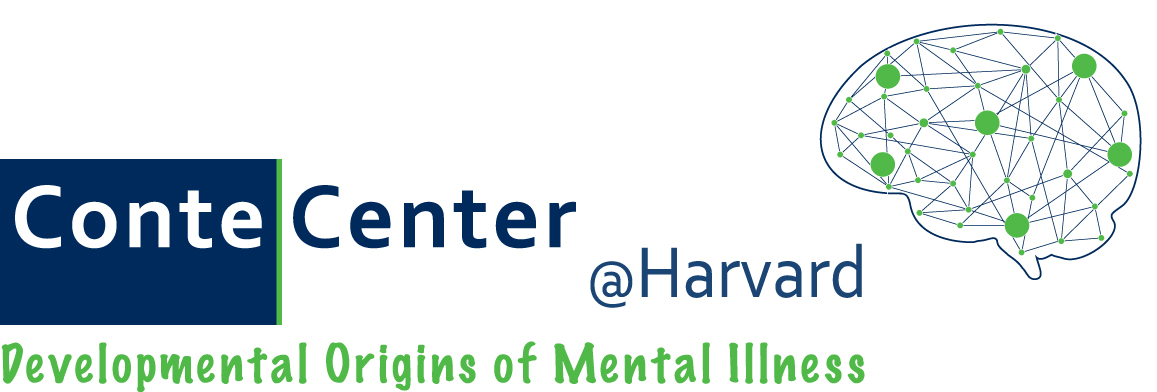Boston Rett community shares 15 reasons for hope on 15th anniversary of discovery of causative gene
A couple weeks ago, I attended an annual gathering of superheroes called “Blue Sky Girls Day.” At first glance, these people look ordinary. There wear no special capes or tights, and they summon their strongest powers for things most people take for granted. Like walking, talking, grasping objects, eating, drinking, sleeping—sometimes even breathing.
Yet many of these daily activities present epic battles for individuals with Rett Syndrome, a rare neurodevelopmental disorder that almost exclusively affects females and is caused by sporadic mutations in the X-chromosome gene MeCP2. What these individuals and their families quietly accomplish each day in real life is more impressive than the feats of any movie superhero. This is because one of the hallmarks of Rett is a striking developmental regression—in which children who seem to be developing normally all of a sudden lose the ability to speak or make purposeful hand movements—developing autism-like behavioral symptoms in addition to potentially experiencing seizures, scoliosis, breathing difficulties, gastrointestinal problems and other issues.
Blue Sky Girls Day is all about celebrating progress, from individuals with Rett syndrome making their way through the challenges of daily life to science’s climb towards a cure. (Depositphotos/billdayoneDP)
Blue Sky Girls Day celebrates the courage of families everywhere living with this disorder. Often there is a climb up a towering staircase that takes place outdoors, with firefighters, policemen, cheerleaders, and researchers uniting to support the families—both literally in their climb up the stairs, and symbolically in their rise against the challenges of the disorder.
This year’s Boston area gathering, held on the joint campus of Boston Children’s Hospital and Harvard Medical School and organized by the Rett Syndrome Association of MA, took place on Oct 11th. It was a very rainy Saturday. But of course that didn’t deter this crowd. They held the event inside, near some of the labs studying the disorder—forming a cheerleader-lined corridor festooned with glittery signs and blue balloons for the girls (and one boy) with Rett to proudly walk through.
Rett syndrome is often viewed as a “Rosetta Stone” for understanding autism-related neurodevelopmental disorders–as it is one of the few such disorders where the underlying genetic problem is clear and there is not much debate on how to model it in mice. (Depositphotos/tepic)
This was my third year attending a Rett awareness event, and despite the gravity of the disorder, each year I learn of new reasons for hope as I interview the families, researchers and community members.
It was in 1999 that Huda Zoghbi’s team first identified MeCP2 as the gene mutated in Rett syndrome, and eight years later, in 2007, that Adrian Bird’s team made the joyous discovery that many of the core neurological symptoms are reversible in a mouse model. These two seminal discoveries have paved the way for many exciting new avenues of research—with Rett syndrome drawing the interest of top neurobiologists across the world, and being viewed as a Rosetta stone by those eager to understand autism or neurodevelopmental disorders in general.
Since this October marked the 15th anniversary of the MeCP2 discovery, I decided to assemble the reasons for hope I heard discussed at this year’s Blue Sky gathering into a “15 at 15” list for the Boston Rett community:
SCIENCE & MEDICINE
Basic, translational and clinical research endeavors were all discussed with excitement. Everyone in this community seems to recognize the value of science. Some examples:
(1) Ongoing Natural History Study
Over 1000 individuals with Rett syndrome across the country have contributed to an observational study that extensively documents the physical and genetic characteristics of the disorder—at a scale and level of detail that vastly surpasses previous studies. Each participant’s developmental trajectory is traced, with two visits a year until age 6 and annual visits after that. This “Natural History” study of Rett syndrome—continuing to enroll new participants and follow existing ones—began in 2006 and to date has involved four main study sites, one of which is Boston Children’s Hospital. The sheer volume of data being gathered is impressive and clearly represents an invaluable resource for the entire Rett community. Families are proud to have their daughters participate. And fortunately, just a few days ago, the National Institutes of Health announced five more years of funding through the Office of Rare Diseases Research.
Watch the YouTube video “NIH Rett Syndrome Natural History Study” explaining the significance
